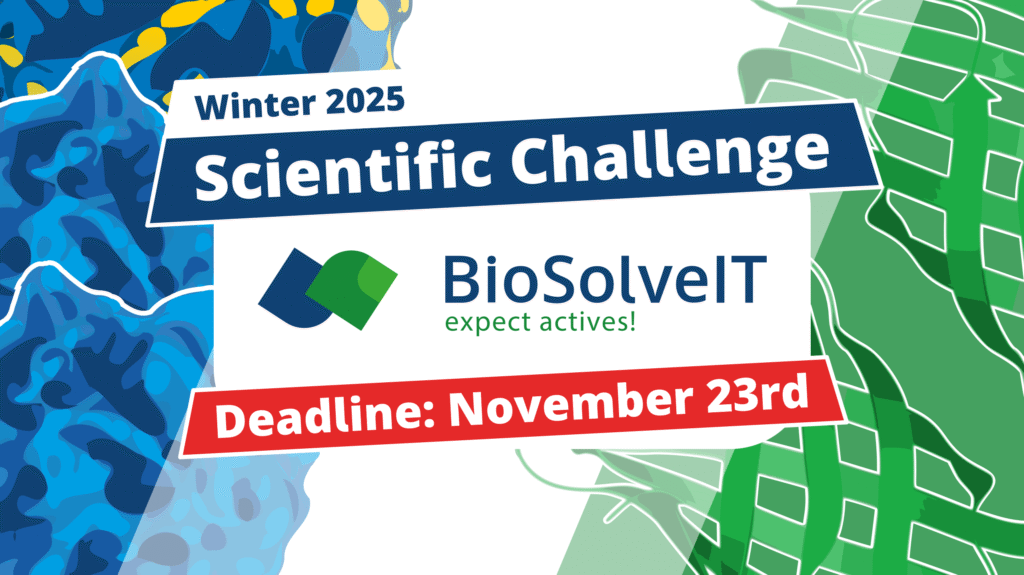Molecular fingerprints like ECFP are widely used in similarity-driven virtual screening. Traditionally, the similarity of all compounds of a chemical library to a query compound of interest is assessed individually. Since the time and hardware requirements needed for this approach scale proportionally with the size of a chemical library, searching large Chemical Spaces existing today becomes impossible without investing a substantial amount of ressources. With the exponential growth of today’s Chemical Spaces in mind, it becomes clear that other approaches are needed.








